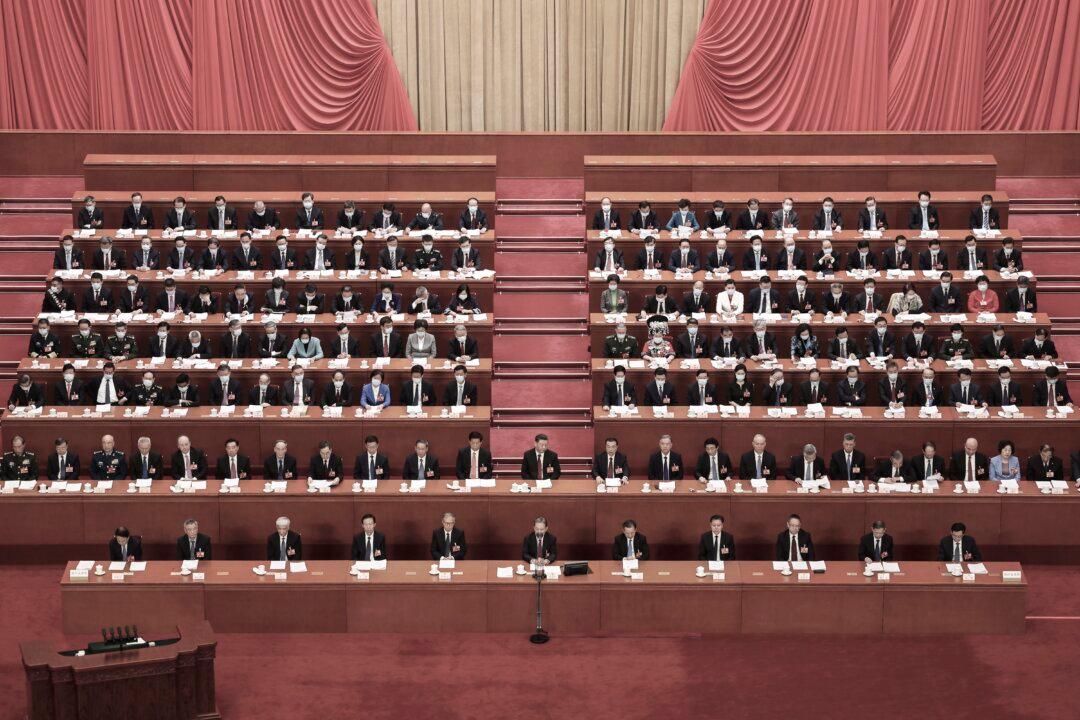Four years ago, Chinese scientist He Jiankui stunned the global scientific community when he created at least three genetically modified babies by inserting genetically modified human embryos into human wombs, becoming the first known person to manipulate the human gene pool. Under international pressure, he was sentenced to three years in prison in China in 2019 for illegal medical practices. However, he recently announced that he will continue his research into human gene editing.
In June, Mr. He revealed a research proposal involving genetically editing mouse embryos and human fertilized eggs to test whether the mutations can prevent the future development of Alzheimer’s disease. This time, he claimed that he would not implant genetically edited embryos into human wombs.




